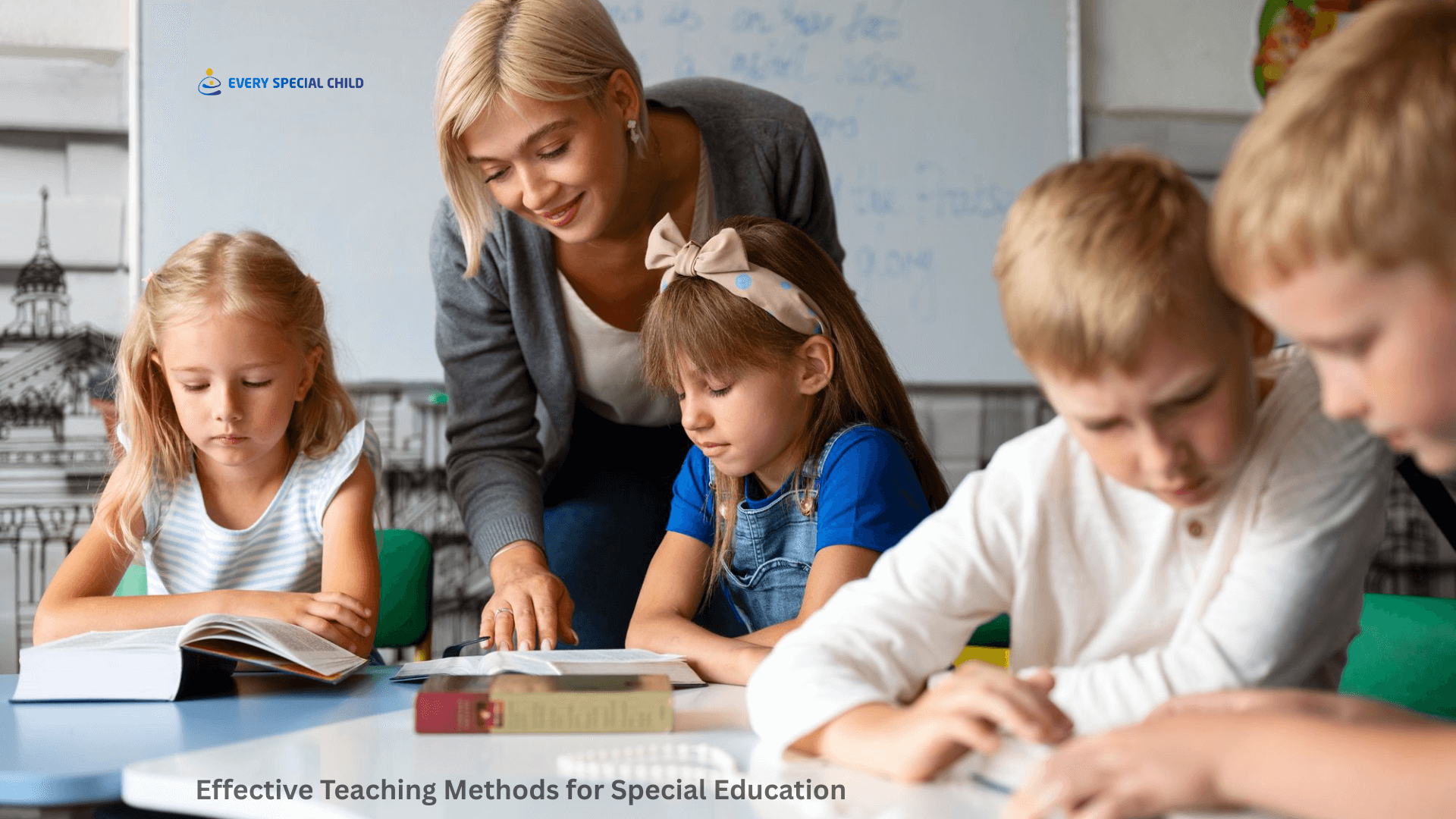
Special education requires a unique and personalized approach to ensure that every learner, regardless of their abilities or challenges, receives equal opportunities to succeed. Effective teaching methods in special education are designed to cater to individual learning needs, strengthen students’ skills, and build confidence. By using structured strategies, assistive technologies, and inclusive practices, teachers can create an environment where children with diverse learning abilities thrive academically, socially, and emotionally. Read More
Traditional educational methods often fall short for children with special needs. They benefit from individualized instruction, adaptive tools, and specialized learning techniques. Effective teaching methods:
1. Individualized Education Programs (IEPs)
A customized learning plan made to meet the specific needs of each student is called an Individualized Education Program (IEP). It sets realistic academic goals, outlines special accommodations, and tracks progress over time. IEPs ensure that teaching strategies are aligned with both the student’s strengths and challenges.
Benefits:
2. Differentiated Instruction
Differentiated instruction involves adapting teaching styles, activities, and content based on each student’s learning style. Teachers may use visual aids, hands-on activities, or auditory lessons to ensure inclusivity.
Techniques include:
3. Use of Assistive Technology
Technology plays a vital role in special education. Assistive tools and devices can help students overcome barriers and enhance participation in learning.
Examples of assistive technology include:
4. Multi-Sensory Learning Approach
A multi-sensory approach stimulates multiple senses—sight, sound, touch, and movement—to help children grasp concepts more effectively.
Strategies include:
This method is especially effective for learners with dyslexia, autism, and ADHD.
5. Positive Behavioral Support (PBS)
Students with special needs may struggle with behavioral challenges. Positive Behavioral Support (PBS) uses reinforcement strategies to encourage positive actions and reduce disruptive behavior.
Examples include:
6. Collaborative Learning and Peer Support
Encouraging peer interaction helps students build communication and social skills. Group activities, buddy systems, and cooperative projects create an inclusive environment where students support one another.
Benefits:
7. Structured Routine and Consistency
Students with special needs often perform better in a structured environment with predictable routines. Consistency reduces anxiety and helps learners stay focused.
Practical tips:
8. Family and Community Involvement
Special education extends beyond the classroom. Involving parents, caregivers, and community members ensures continuity in learning and emotional support.
To implement these teaching methods effectively, teachers should:
Effective teaching methods for special education focus on personalization, inclusivity, and holistic development. By integrating individualized programs, technology, multi-sensory learning, positive reinforcement, and community support, teachers can help students with special needs reach their full potential. See More
Special education is not just about academic achievement; it’s about empowering children to grow with confidence, independence, and resilience.
1. What are the most effective teaching methods for special education?
The most effective teaching methods for special education include Individualized Education Programs (IEPs), differentiated instruction, assistive technology, multi-sensory learning approaches, and positive behavioral support. These strategies ensure personalized learning and help students with special needs achieve both academic and social growth.
2. How does assistive technology help students with special needs?
Assistive technology provides tools that make learning more accessible. Examples include speech-to-text software, screen readers, communication apps, and interactive whiteboards. These tools support students with visual, auditory, cognitive, and physical challenges, enabling them to actively participate in classroom activities.
3. Why is an Individualized Education Program (IEP) important?
An IEP is important because it creates a customized learning plan based on a student’s strengths and needs. It sets realistic academic and behavioral goals, ensures appropriate accommodations, and tracks progress. IEPs also promote collaboration between teachers, parents, and specialists, ensuring consistency in the child’s development.
4. How can teachers manage behavioral challenges in special education?
Teachers can manage behavioral challenges using Positive Behavioral Support (PBS), which focuses on reinforcing good behavior rather than punishing negative actions. Strategies include praise, reward systems, clear expectations, structured routines, and teaching self-regulation techniques. This approach builds a positive and supportive learning environment.
5. What role do parents and caregivers play in special education?
Parents and caregivers play a critical role by reinforcing learning strategies at home, supporting emotional development, and collaborating with teachers. Their involvement ensures continuity of education beyond the classroom and helps children build confidence, independence, and social skills.